QuestionI have a 3yr old lab/chow and he has prominent duclaws. Should they be removed? I don't even know what they are for. I've had the dog for 3 days now.
AnswerHi Nancy,
Thank you for writing to me about your new family member. I apologize for the delay in responding. I have been very sick with the flu and too ill to get to the computer.
Dewclaws are actually rudimentary thumbs and rear dewclaws are residual fixtures from the past. They have no function and are situated high on the inside of the leg above the foot. The do not make contact with the ground but are said to brush the dew from the grass and it is thought that this is where they get their name.
Dewclaws are called "Wolf-claws" in Europe but since the Wolf normally has no more or less toes than the dog it seems strange and unjustifiable to attribute the name back to the wolf.
Unlike the front dewclaws, the rear dewclaws tend to have little bone or muscle structure in most breeds. There is some debate about whether the dewclaw helps dogs to gain traction when they run because, in some dogs, the dewclaw makes contact when they are running and the nail on the dewclaw often wears down in the same way that the toenails on their other toes do, from friction with running surfaces. However, in many dogs, the dewclaws never make contact with the ground; in this case, the dewclaw's nail never wears away, and it must be trimmed to keep it at a safe length.
It is notable that the dewclaws are not dead appendages. They can be used to lightly grip bones and other items that dogs hold with the paws.
There is also some debate as to whether dewclaws should be surgically removed. The argument for removal states that dewclaws are a weak digit, barely attached to the leg, so that they can rip partway off or easily catch on something and break, which can be painful and prone to infection. This same argument is made for "cropping", or surgically chopping off, tails of various hunting dogs, such as spaniels. This surgery is illegal in much of Europe and the UK.
In some countries removing the dewclaws is illegal, as removing it is unnecessarily painful to the dog, in addition to the fact that the dewclaw will rarely or never suffer injury leading to amputation.
In addition, for those dogs whose dewclaws make contact with the ground when they run, it is possible that removing them could be a disadvantage for a dog's speed in running and changing of direction, particularly in performance dog sports such as dog agility.
There also exists in folklore a story which claims that dogs that have not had their dewclaws removed are immune to snakebite. In America, pups are commonly sold by breeders "dewclawed", that is with the dewclaws removed (as by a vet) for perceived health and safety reasons.
Dewclaws may be Bilateral or Unilateral although most breeds seem to have bilateral front dewclaws. Rear dewclaws are not as common and are often removed within a few days of birth, from infant pups when they are present.
Sometimes there is only a vestige of the extra toe and it may be just in the skin or under it. Some Geneticists say dewclaws are Dominant and some say they are Recessive. This conflict does not alter the fact that the dewclaw represents a fifth toe, which is, through some evolutionary process no longer needed.
There are some very good arguments for removing dewclaws from the rear legs as they can interfere with movement. Whether front or rear they can catch on things and even on each other and lock in a "handcuff" situation, causing a bad fall, fractures, and tearing of the skin surrounding the toe.
The problem with removing dewclaws in an older dog is that it involves major surgery and a painful recovery time. If your dog has lived with her dewclaws for three years and is doing well with them, there doesn't seem to be the need to go through the pain of removal and recovery, the danger that any surgery brings with it and the expense that this procedure would be for you.
Best Regards,
Shelley Davis

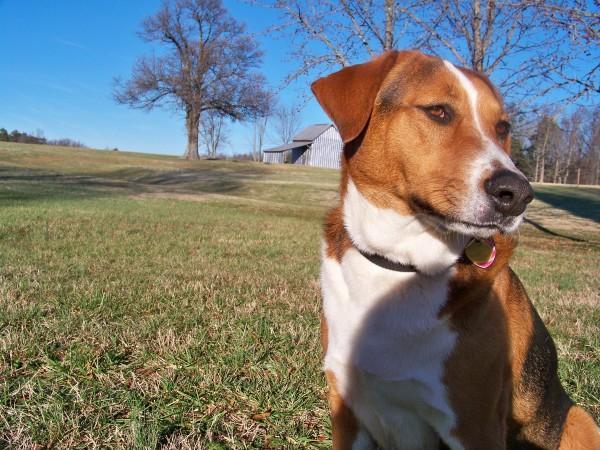 My dogs agression
Question
This is my dog
Hi Shelley!
I have a question f
My dogs agression
Question
This is my dog
Hi Shelley!
I have a question f
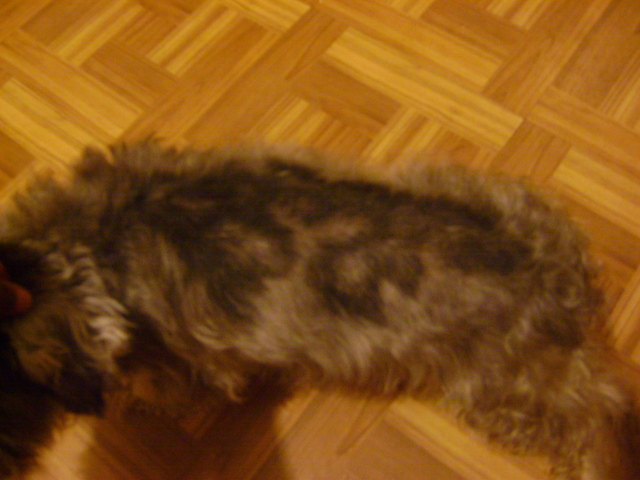 Thining hair on back/back hair darkening
Question
Dogs Back
Please Help!
I have a 4 year miniatu
Thining hair on back/back hair darkening
Question
Dogs Back
Please Help!
I have a 4 year miniatu
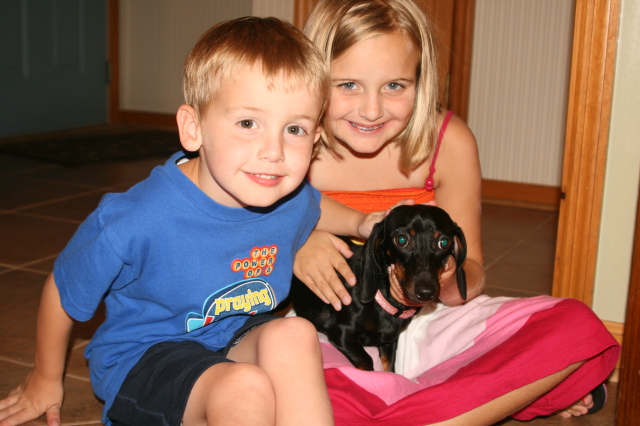 1 year old daschund
Question
our new member
We recently got a one year old
1 year old daschund
Question
our new member
We recently got a one year old
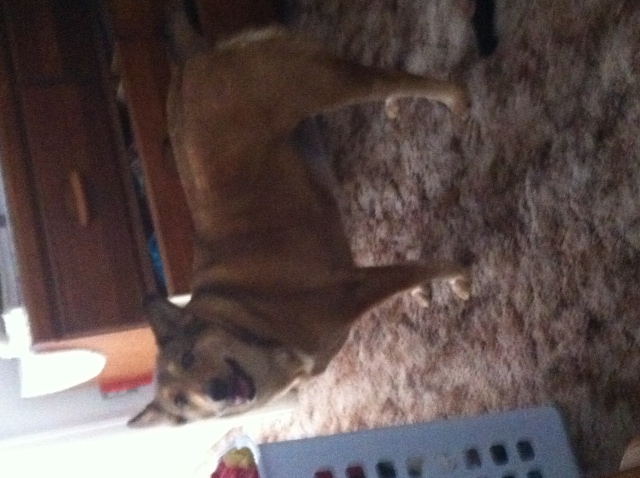 My very overly protective puppy
Question
Marla :)
Hello! I adopted a four year o
My very overly protective puppy
Question
Marla :)
Hello! I adopted a four year o
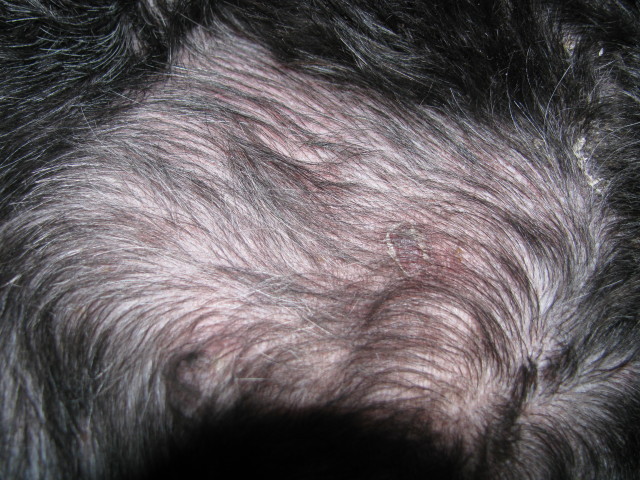 Dog fur is flaking off, scabbing, itching like crazy
Question
zacks tummy
Hi,
We have a four-year-old cockap
Dog fur is flaking off, scabbing, itching like crazy
Question
zacks tummy
Hi,
We have a four-year-old cockap